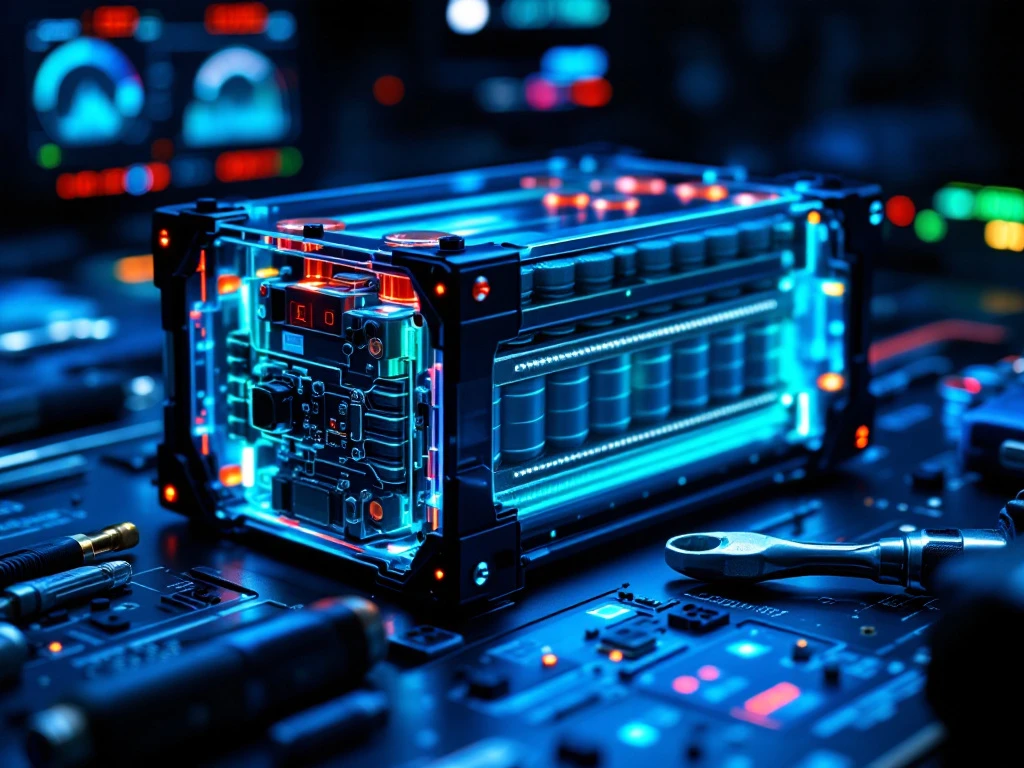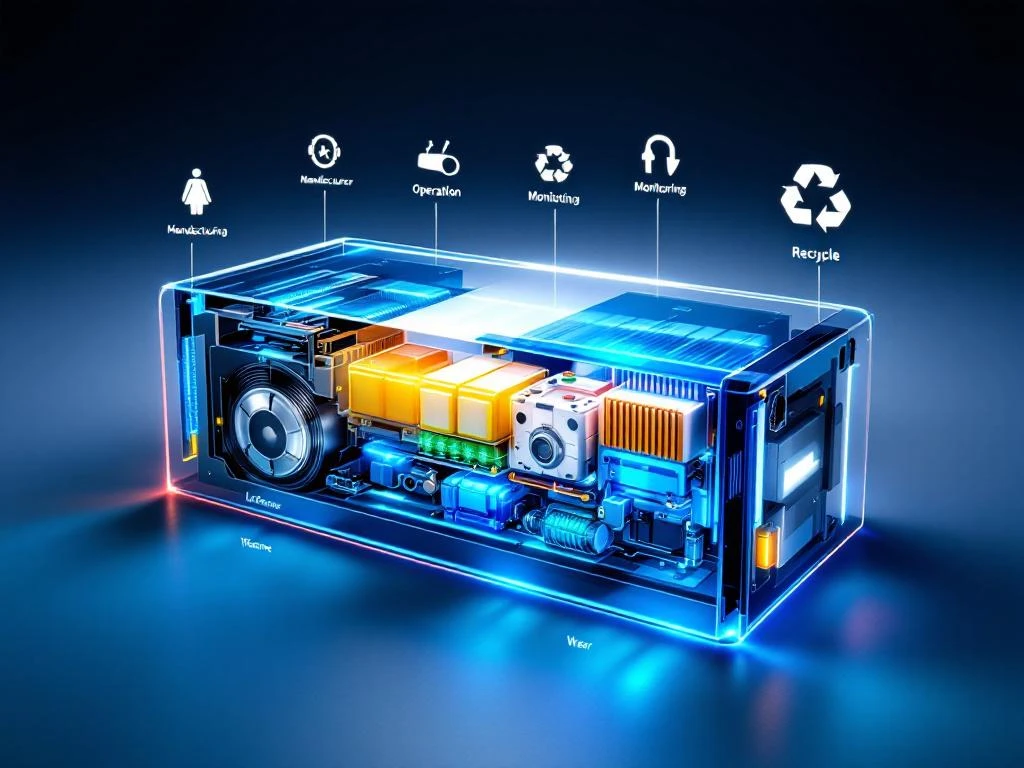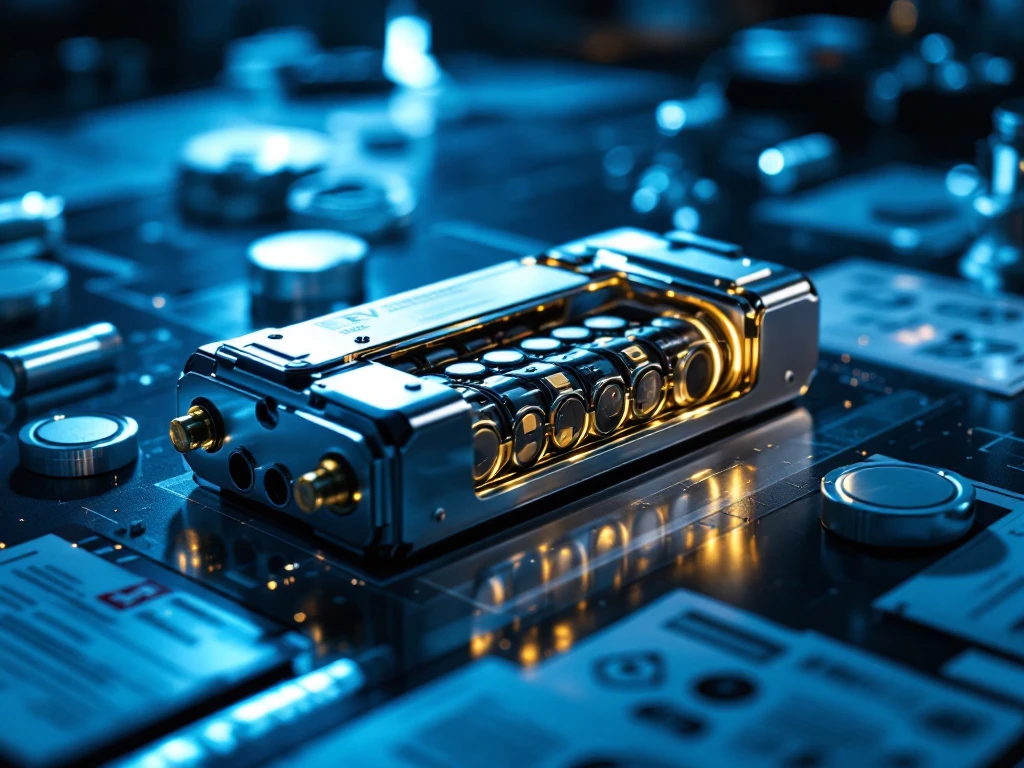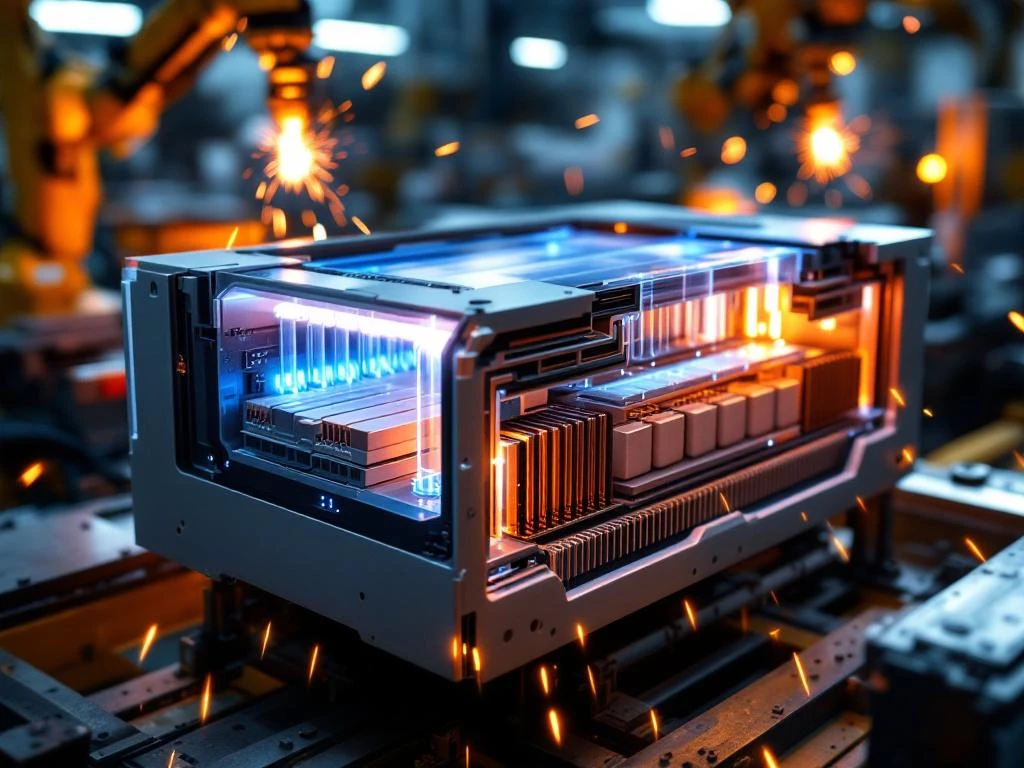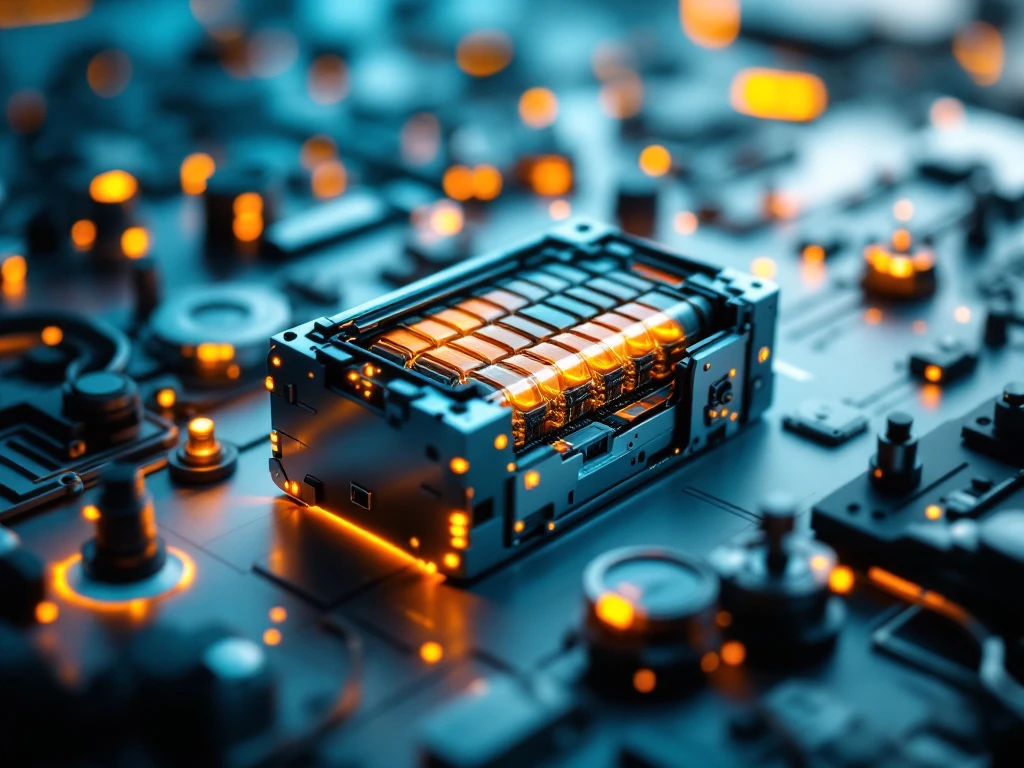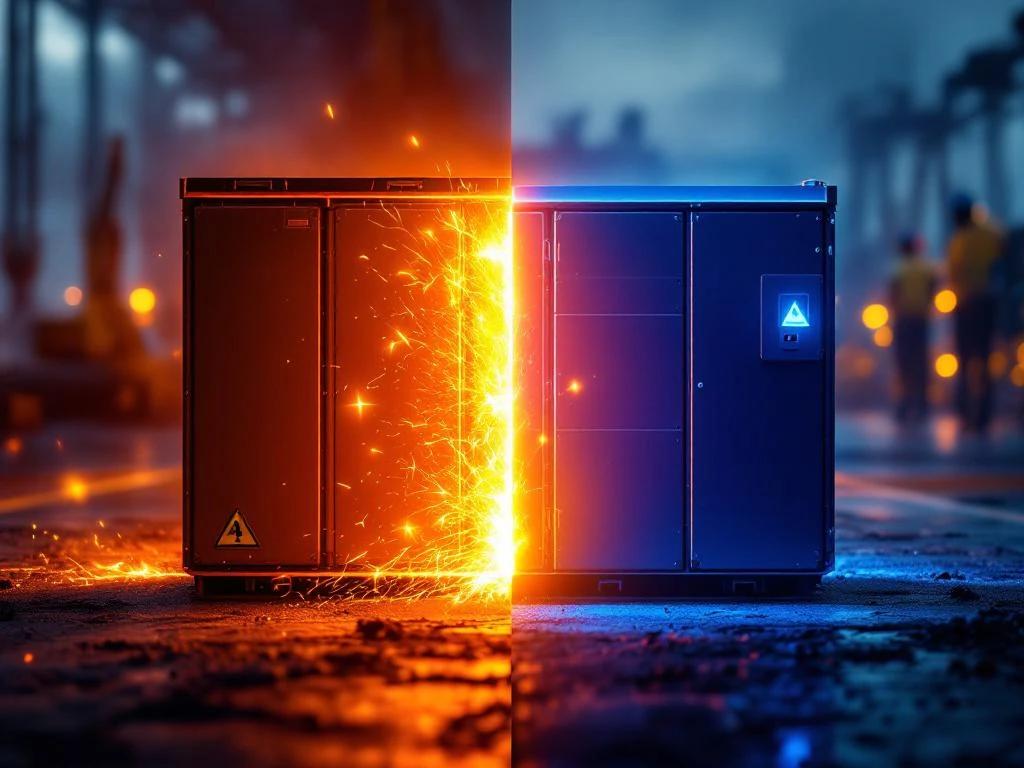Maintaining custom EV battery systems requires specialised care beyond standard electric vehicle maintenance. Custom battery systems need targeted inspection protocols, thermal management monitoring, and connection checks specific to their unique design. Unlike mass-produced batteries, these systems demand individualised maintenance schedules based on their specific configuration, application, and operating environment.
What specific maintenance does a custom EV battery system require?
Custom EV battery systems need specialised maintenance protocols that differ significantly from standard configurations. These include detailed thermal management inspections, custom connection monitoring, and bespoke diagnostic procedures tailored to the specific battery design and application requirements.
The maintenance approach varies considerably depending on your system’s configuration. Custom battery systems often feature unique cooling solutions, proprietary battery module configurations, and specialised connection points that require specific attention. Thermal management systems need regular inspection to ensure optimal temperature control, particularly important for high-performance applications.
You’ll need to monitor individual cell voltages more frequently than with standard systems, as custom configurations may have different balancing requirements. Connection points require careful inspection for corrosion, loose fittings, or thermal damage. The battery management system (BMS) in custom installations often needs firmware updates and calibration specific to your application.
Documentation becomes particularly important with custom systems. Keep detailed records of all maintenance activities, performance metrics, and any anomalies. This information proves valuable for troubleshooting and helps maintain warranty coverage.
How often should you inspect your electric vehicle battery performance?
Battery performance monitoring should follow a tiered inspection schedule: daily operational checks, monthly detailed assessments, and comprehensive annual evaluations. The frequency depends on your usage patterns, environmental conditions, and the specific demands of your application.
Daily checks focus on basic operational parameters. Monitor charging behaviour, check for unusual sounds or vibrations, and observe any warning indicators on your dashboard or control system. These quick assessments take just a few minutes but can identify developing issues early.
Monthly inspections require more detailed attention. Check battery performance monitoring data, review charging patterns, and assess capacity retention. Look for gradual changes in performance that might indicate developing problems. Industrial applications or high-duty cycle operations may benefit from weekly rather than monthly detailed checks.
Annual comprehensive evaluations should include professional diagnostic testing, thermal imaging of connections, and detailed capacity testing. This thorough assessment helps identify wear patterns and plan for future maintenance needs. High-performance applications, such as racing or heavy industrial use, may require bi-annual comprehensive evaluations.
Environmental factors significantly influence inspection frequency. Extreme temperatures, high humidity, or dusty conditions accelerate component wear and require more frequent monitoring.
Which warning signs indicate your EV battery needs immediate attention?
Critical warning signs requiring immediate professional attention include rapid capacity loss, unusual heating patterns, voltage inconsistencies between cells, physical swelling, and unexpected charging behaviour. These symptoms indicate potentially serious issues that could affect safety and performance.
Capacity degradation becomes concerning when you notice sudden drops rather than gradual decline. If your battery loses more than 5% capacity within a short period, this warrants immediate investigation. Thermal irregularities, such as hot spots or uneven heating during charging, suggest potential cell failures or cooling system problems.
Voltage inconsistencies between battery modules indicate balancing issues or individual cell problems. Your BMS should flag these automatically, but manual monitoring provides additional safety. Physical changes to the battery pack, including swelling, unusual odours, or visible damage, require immediate shutdown and professional assessment.
Charging anomalies present another critical warning category. If charging times increase significantly, the system fails to reach full charge, or charging stops unexpectedly, these indicate developing problems. Unusual sounds during operation, such as clicking, buzzing, or grinding, also warrant immediate attention.
Don’t ignore dashboard warning lights or BMS alerts. These systems are designed to identify problems before they become dangerous. When in doubt, consult with battery maintenance professionals rather than continuing operation.
How do environmental factors affect custom battery system longevity?
Environmental conditions dramatically impact battery lifespan and performance. Temperature extremes, humidity exposure, vibration, and charging environment conditions all affect battery health, with custom systems requiring specific environmental considerations based on their unique design and application.
Temperature represents the most significant environmental factor. High temperatures accelerate chemical degradation within battery cells, reducing lifespan and capacity. Custom systems designed for extreme conditions, such as industrial applications operating at 50°C ambient temperature, require robust thermal management and may need more frequent maintenance.
Cold temperatures reduce available capacity and can affect charging efficiency. Custom battery systems in cold climates benefit from pre-conditioning systems that warm the battery before operation. Thermal cycling, where batteries experience repeated temperature changes, creates additional stress on cell materials and connections.
Humidity and moisture exposure create corrosion risks, particularly for connection points and cooling systems. Proper sealing becomes important for custom installations, especially in marine or outdoor applications. Vibration from industrial machinery or vehicle operation can loosen connections and stress internal components.
Charging environment quality affects battery health significantly. Clean power supplies with stable voltage and minimal electrical noise help maintain battery longevity. Poor power quality can stress the charging system and affect battery performance over time.
Proper maintenance of your custom EV battery system ensures reliable performance and maximum lifespan. Understanding these specific requirements helps you develop an effective maintenance strategy tailored to your unique application. If you need guidance developing a maintenance plan for your custom battery system, please contact our technical team for personalised advice.
